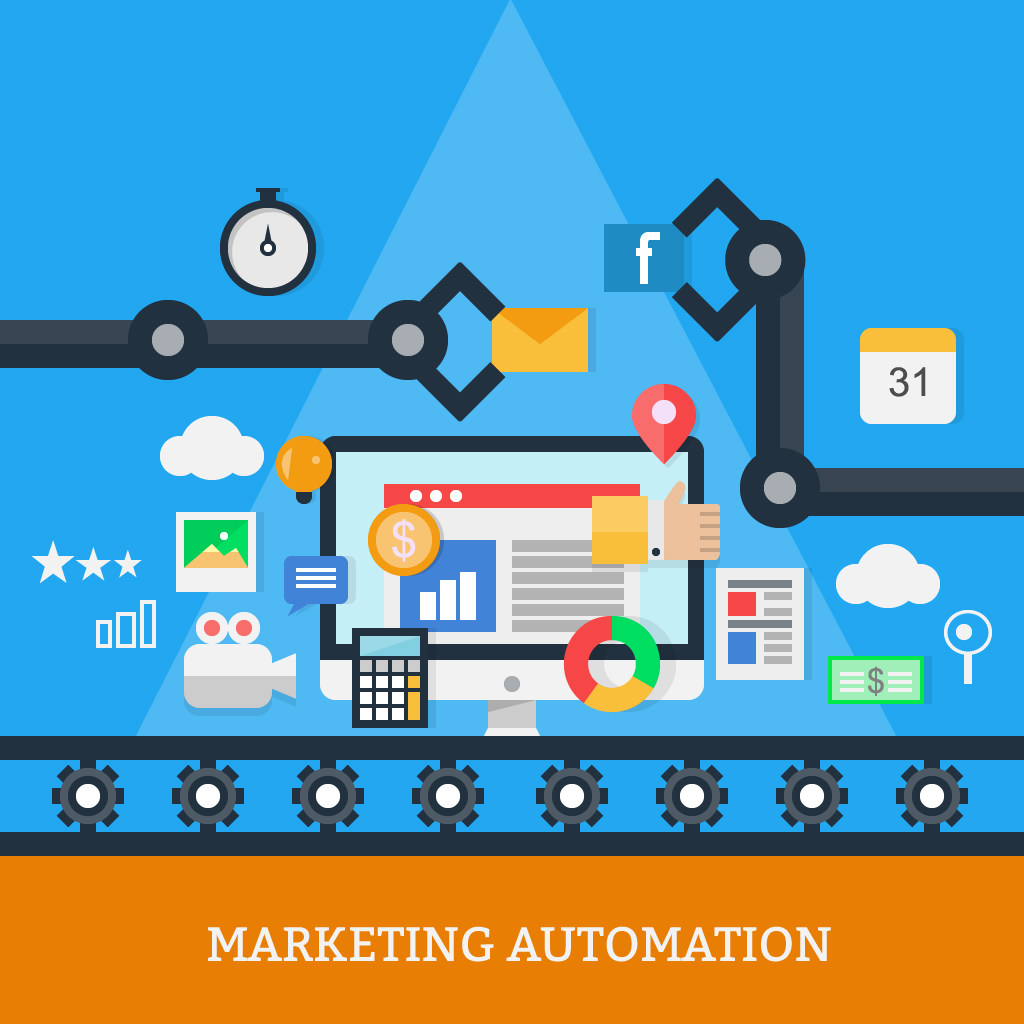It’s obvious that large businesses are increasingly turning to marketing automation to engage and re-engage their audience. In light of this trend, are small businesses being left behind?
At the 2014 Gartner 360 Summit the claim was made that “by 2020, 85 percent of customer relationships with businesses will be managed without human interaction.” Now that 2020 is just around the corner, we can safely say that this prediction is coming true. It’s called ‘marketing automation.’
So what is marketing automation?
According to Dave Chaffey at Smart Insights, “Marketing automation enables businesses to automate tasks and workflows for the marketing and sales process, including prospect and customer profiling on landing pages, lead scoring, sending automated personalized emails and web recommendations to support lead nurturing and customer engagement.”
Larger businesses and organizations are increasingly turning to automated processes to create a more personalized, responsive marketing funnel that delivers qualified leads with little to no human intervention. An eMarketer report revealed that 74% of marketers who use data-driven marketing say they have benefited from a competitive advantage in customer engagement and loyalty, and 55% say they have increased revenues.
Yet small businesses are struggling to keep up. In a Gleanster study from 2015, only 14% rated themselves as advanced users of marketing automation, and 90% of small businesses that haven’t invested in marketing automation say that the primary reason is the expense.
This may not surprise anyone who works in small and medium enterprise (SME) marketing – where budgets are tight and time scarce.
Email is one of the primary tools of marketing automation. Creating different mailing lists with a series of auto-responders aimed at nurturing leads through tailored communications is often the starting point toward personalization. This, combined with a parallel approach to web traffic tracking and a smart customer relationship management strategy, forms the foundation of many marketing automation systems.
Given that 95% of small businesses use email as a primary channel for communicating with prospects and customers, and 75% believe email is the most cost effective option for personalizing communications and measuring effectiveness, it’s clear that SMEs are in a good position to take the next step.
Benefits of Marketing Automation:
- Improved lead management and nurturing
- Measurable and quantifiable results
- Increased efficiency and productivity
- Marketing and sales alignment
- Improved customer engagement
So among the many ways you can invest money to escalate business growth, this is one I recommend. Don’t be afraid to invest a little in a marketing automation tool, which can do the work of a person (such as you) for far less cost.
Webinar Series
June 20 at 1:30 CST – Julep June, Best Apps for Calendar Sharing to Increase Productivity. Register Here!
SalesCocktail: Discover today’s techniques and technologies to eliminate the digital divide for minority and women-owned enterprises. Use technology to accelerate your sales, replicate daily tasks and manage your time!


